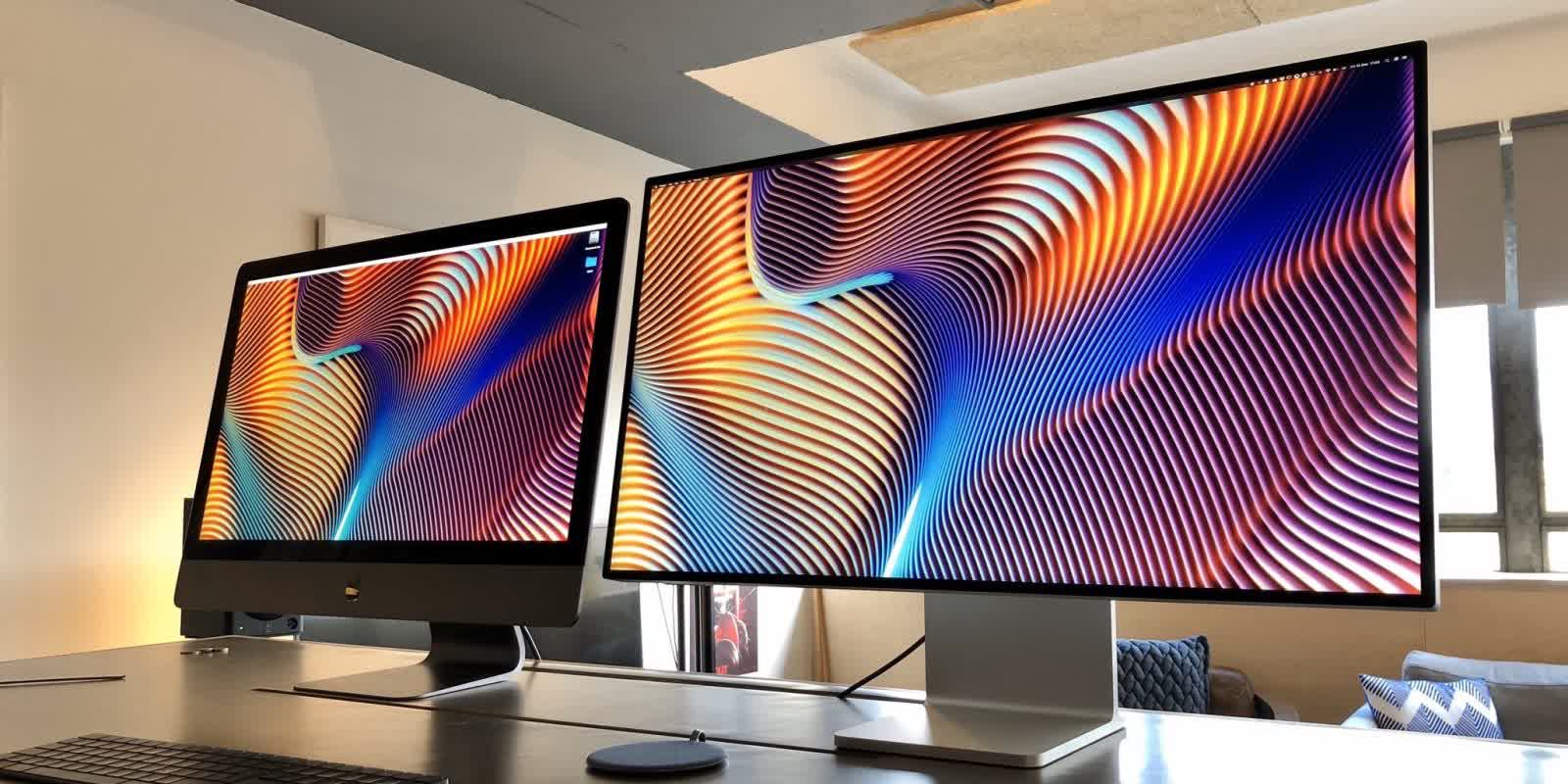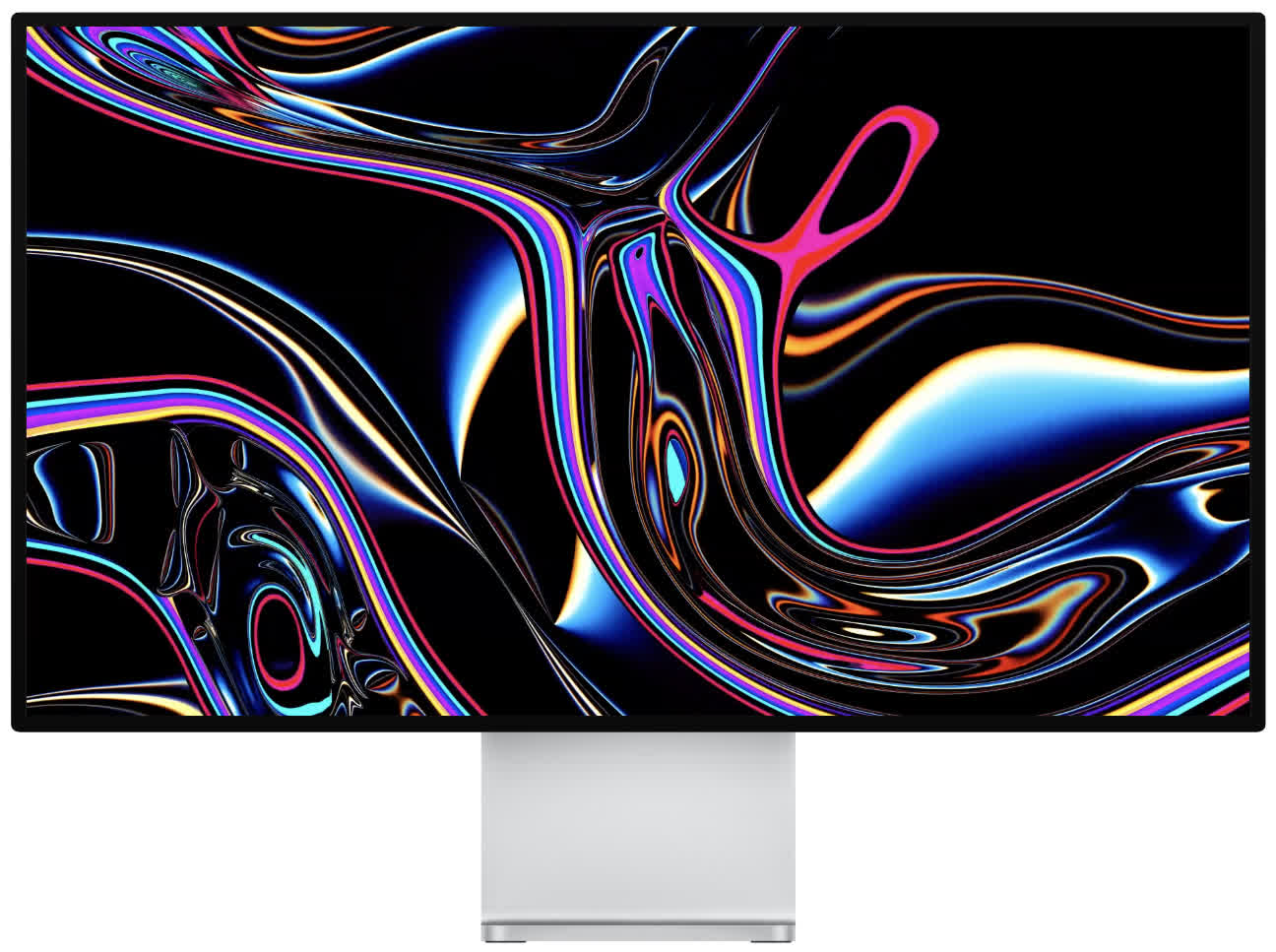Editor's take: Apple is reportedly testing a new display that could serve as the successor to the Pro Display XDR that first hit the scene in December 2019. Should it materialize as described, it could be a real powerhouse that augments the computer attached to it.

Sources familiar with the matter told 9to5Mac that Apple’s new display, codenamed J327, will feature an Apple-made SoC – perhaps even the A13 Bionic chip from the iPhone 11 family. A display with an integrated chip could help Macs handle high-resolution graphics without taxing the computer’s processor, or perhaps enable smart features like AirPlay.
The display will also reportedly feature a neural engine to accelerate machine learning tasks. It’s unclear how exactly Apple would use the neural engine in a display.

The publication noted that Apple’s plans could change, highlighting how the original Pro Display XDR didn’t debut with all of the features it was rumored to contain. We also don’t have a timeline for the new display nor do we know any of its other specifications outside of the few tidbits mentioned above.
The rumor mill earlier this year suggested Apple is also working on a lower-priced external monitor. When the report dropped in January, it was described as being in the early development phase and could debut as a successor to the Thunderbolt Display that Apple discontinued in 2016.
https://www.techspot.com/news/90542-apple-testing-new-external-display-dedicated-a13-bionic.html